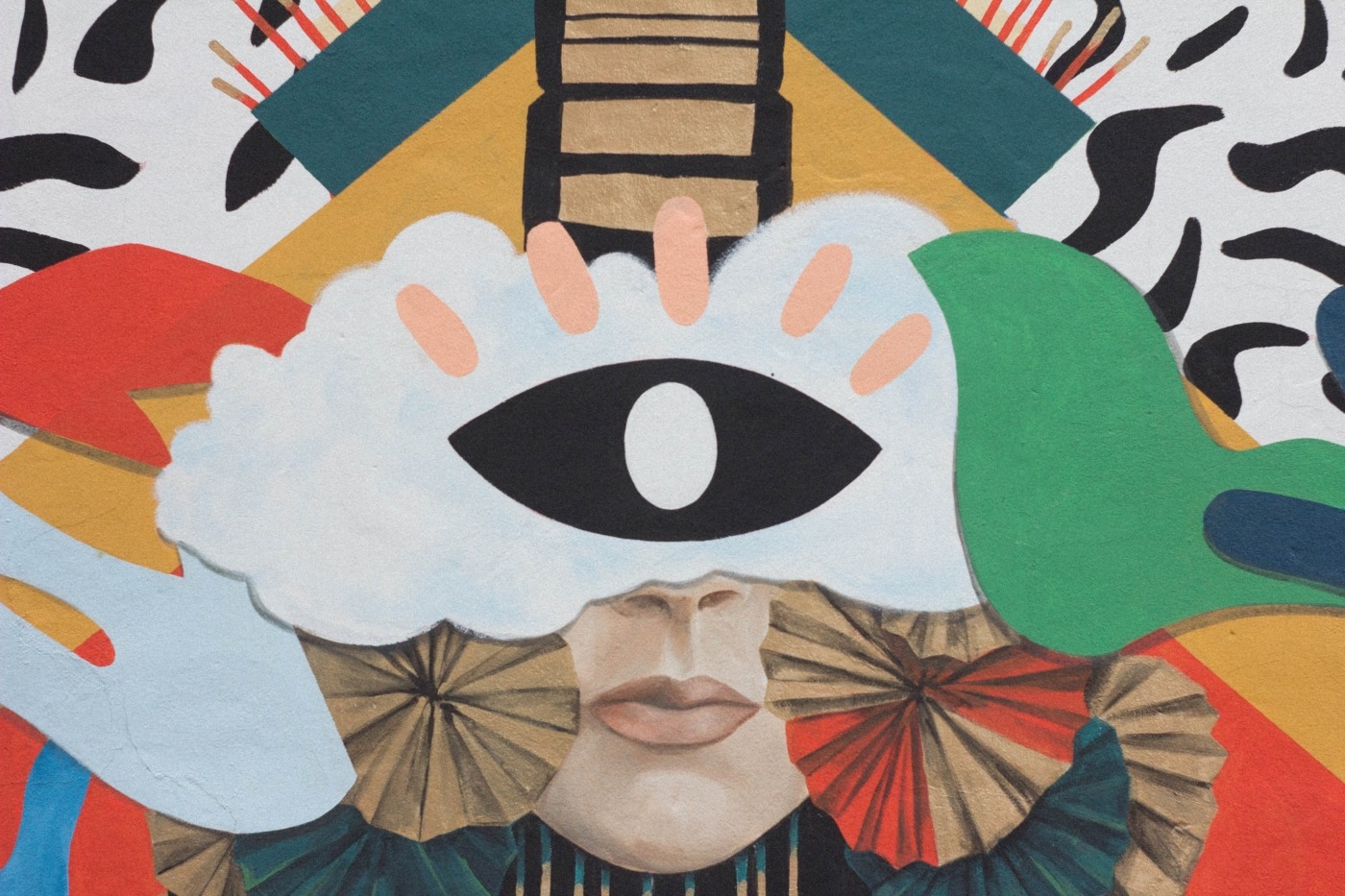Art as Medicine: the impact of the arts on health and wellbeing
Internet virality can lead us to weird and wonderful things, but what I find most endearing about it are the heart-warming viral videos I come across of the elderly who experience glimpses of their youthful past through the medium of dance and music.
A recent example of this is a video uploaded by an organisation from Spain called Música Para Depertar (Music to Awaken) who seek to use music as a means of managing and aiding those with dementia. The video features a former ballet dancer called Marta Cinta Gonzalez Saldana who comes to life upon listening to Swan Lake. In the video we see her recalling the hand gestures from the ballet choreography and she later becomes overwhelmed with emotion as some of her memories come back.
The video was reminiscent of a similar clip that went viral a couple years ago of 102-year-old Alice Barker, a former chorus line dancer, reflecting over “soundies”. In the video, she appears back in her heyday during the Harlem Renaissance of the 1930s and 1940s. Alice had never seen herself on film before, and after watching the three clips we hear her respond, “I used to often say to myself, I am being paid to do something that I enjoy doing and I would do it for free because it just felt so good doing it”. These videos are powerful in showing us how impactful the arts can be on our well-being.
The arts not only can contribute to our physical health but also our mental health through using artistic outlets to process stressful events in life
But is there any evidence that actually proves the benefits of the arts on people suffering from neurodegenerative disorders like Maria Cinta’s? Is there any evidence supporting the relationship between the arts and health at all?
It is suggested that Maria Cinta’s reaction to music is something biological and intrinsic to us as human beings – auditory memory is one of the strongest neural pathways as it is developed as early as 18 weeks in the womb and thus, as is made evident by Maria Cinta, is typically one of the last things we lose. Such ideas stem from a new field of research called neuroesthetics, which is the scientific study of the neurobiological basis of the arts.
The arts not only can contribute to our physical health but also our mental health through using artistic outlets to process stressful events in life. This is touched upon in The Connection Between Art, Healing and Public Health, an article by Heather L. Stuckey and Jeremy Nobel, where they explain that “art helps people express experiences that are too difficult to put into words, such as a diagnosis of cancer”. This is most notably exemplified in practice by the work of Hannah Wilke – her last work, intra-venus (1992-1993) documents the deterioration of her body and mental state from her cancer diagnosis and chemotherapy.
Last year, the World Health Organisation (WHO) also published a report with evidence of the role of the arts in improving health and well-being. The full report is quite hefty but if you are interested in discovering more about the relationship between arts and health, then I highly recommend checking out the summary report available on the WHO website. As well as explaining how the arts play a role in supporting both mental and physical health conditions, the report links the role of the arts in well-being and healthcare services to reaching “the integrated targets of key global frameworks, such as the 2030 agenda for sustainable development and the thirteenth WHO General programme of work, 2019-2023”.
Suggesting art as a potential avenue for keeping up your mental state during such dark times – both symbolically from the pandemic and literally from the approaching winter months
The use and presence of arts and culture as non-invasive, accessible treatments for health and well-being is particularly relevant now during lockdown, when face to face communications with health services are limited. A study in an article from the Journal of the American Art Therapy Association has found that ‘creating art reduces cortisol levels (markers for stress), and that through art people can induce positive mental states’, suggesting art as a potential avenue for keeping up your mental state during such dark times – both symbolically from the pandemic and literally from the approaching winter months. Whether it be from musicians performing from their bedrooms on Instagram live, big theatre productions becoming accessible on online streaming platforms or just taking the time out to paint or read, the arts provide hope and activities for people to look forward to.

Comments